

Tulja Bhawani Temple is an ancient temple, which was built around 1535 A.D. It is located at Ram Pol, the main entrance gate of the Chittorgarh Fort. This temple is dedicated to Goddess Tulja Bhawani, also known as Turya Bhawani.
On the west side of the fort is the ancient Tulja Bhavani temple built to worship goddess Tulja, considered sacred. The tope khana (cannon foundry) is located next to this temple in a courtyard, where a few old cannons are still seen
Tulja Bhawani Temple is an ancient temple, which was built around 1535 A.D. It is located at Ram Pol, the main entrance gate of the Chittorgarh Fort. This temple is dedicated to Goddess Tulja Bhawani also known as Turya Bhawani. The architecture of the temple is remarkable, and pictures of various Hindu deities adorn the walls of the temple. This temple is an epitome of artistic talent of the natives of Chittorgarh.
Tulja Bhawani Temple is located west of the fort of Chittorgarh, and was built to worship Goddess Tulja or Turya Bhawani, who is considered sacred in the local custom. Next to the temple is the cannon foundry which was used by the erstwhile rulers and still some cannons can be seen. This temple is located at the entrance of Ram Pol and was constructed in the mid 16th century. Phatta’s Memorial is found very near to the temple, in respect of the 16 year young soldier who died protecting the fort.
Monuments in Chittorgarh resonates with stories of Rajputana bravery, pride and passion. The bards of Rajasthan sing tales of courage and sacrifice recounting stories that are known to every child and adult in the city. Chittorgarh is named after its most imposing structure, the Chittorgarh Fort which stands atop a 180 metre high hill and is spread across 700 acres. Chittorgarh Fort has had a tumultuous past. This bastion of the Rajputs has faced violent attacks thrice in its entire history. The first was in 1303 when the Sultan of Delhi, Ala-ud-din Khilji, who was enamoured by Queen Padmini, launched an attack to abduct her. More than two centuries later, in 1533, it was Bahadur Shah, the Sultan of Gujarat, who caused immense destruction. Four decades later, in 1568, Mughal Emperor Akbar attacked and seized the fort. It was finally in 1616, under the rule of Mughal Emperor Jahangir that the fort was returned to the Rajputs.
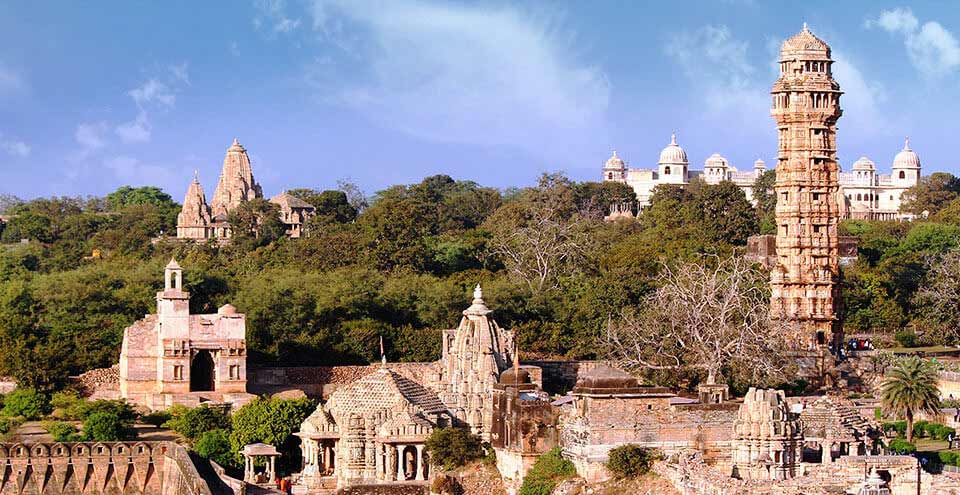
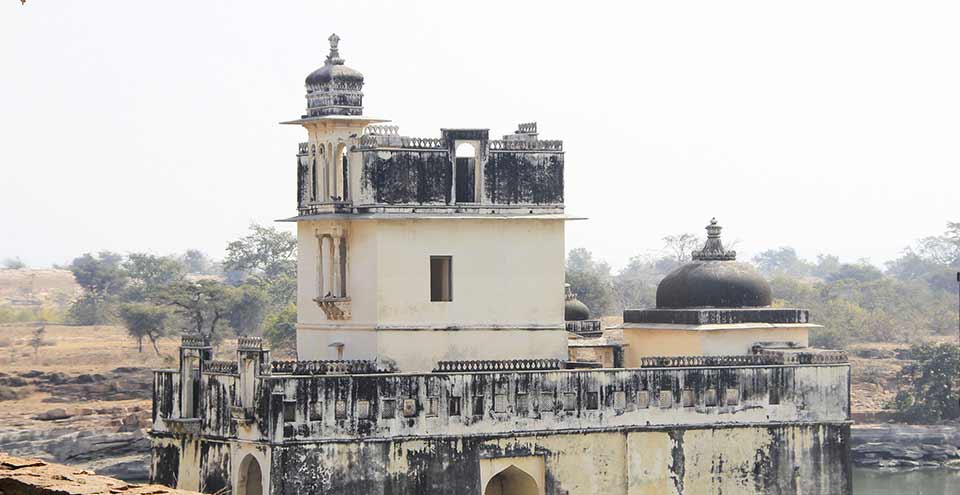
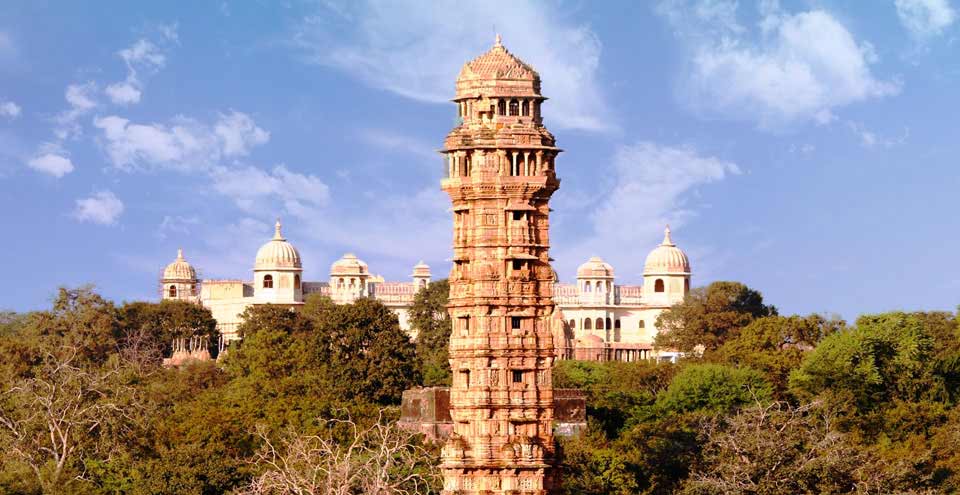
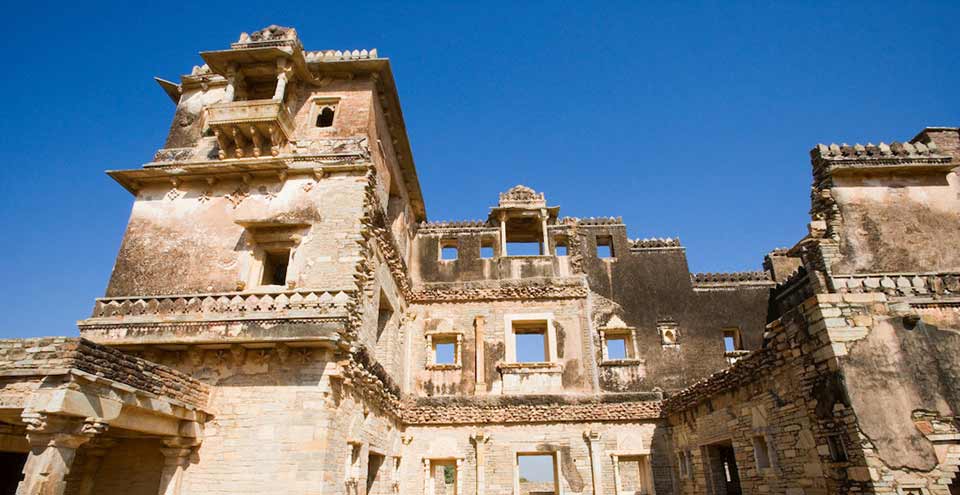
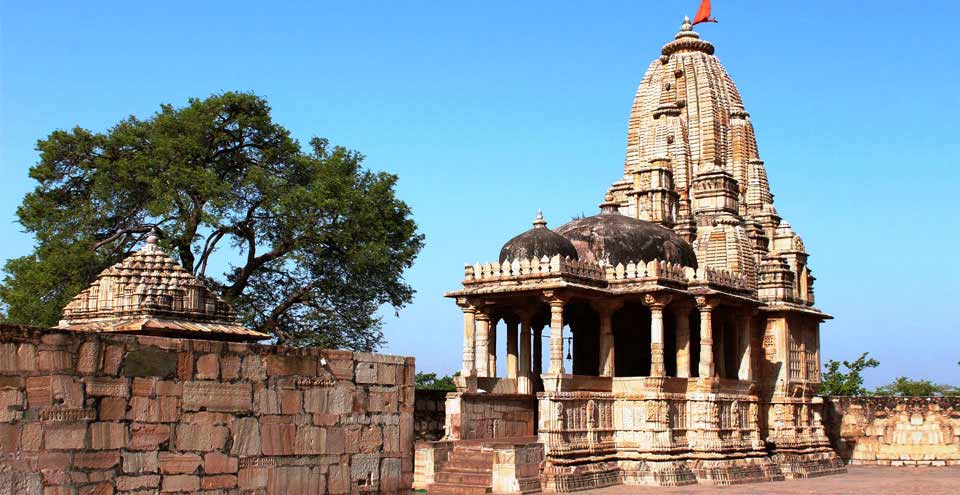
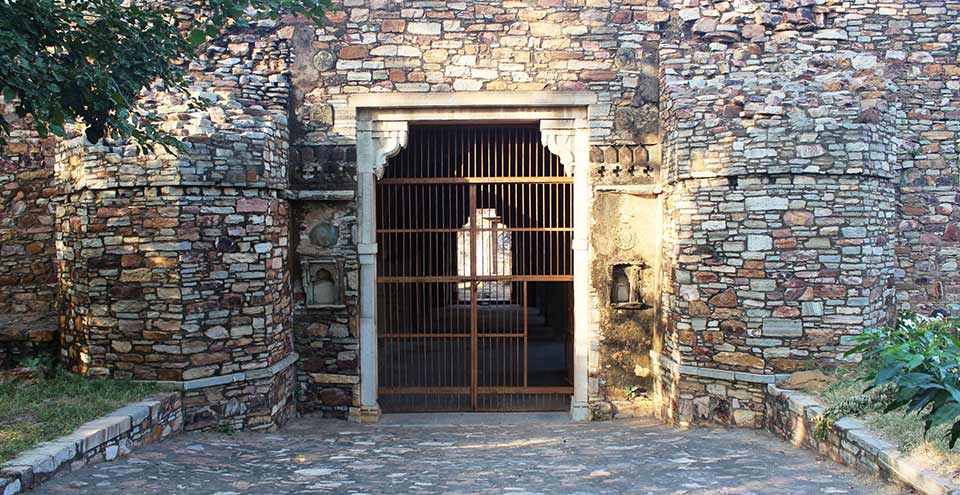
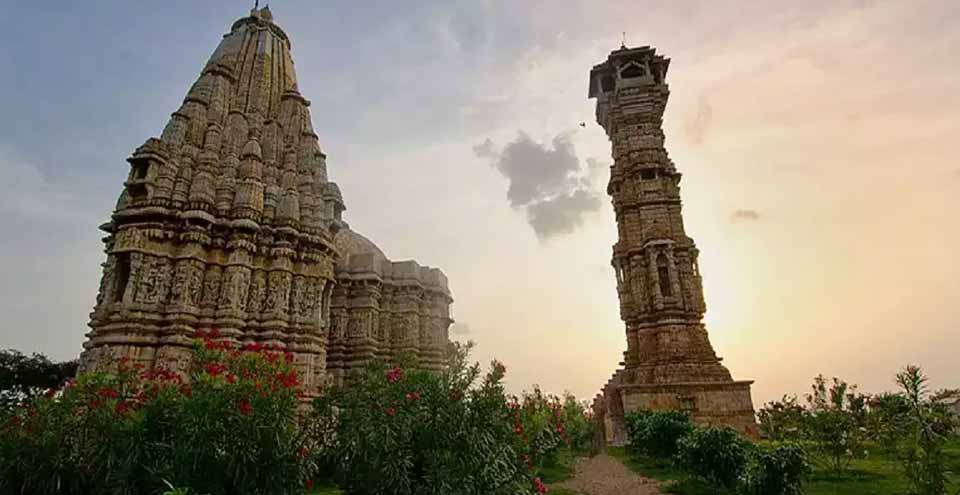
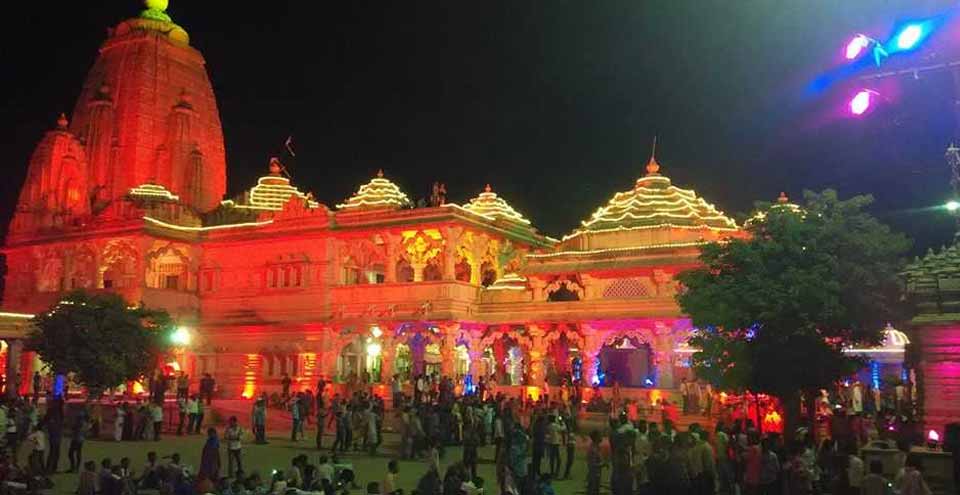
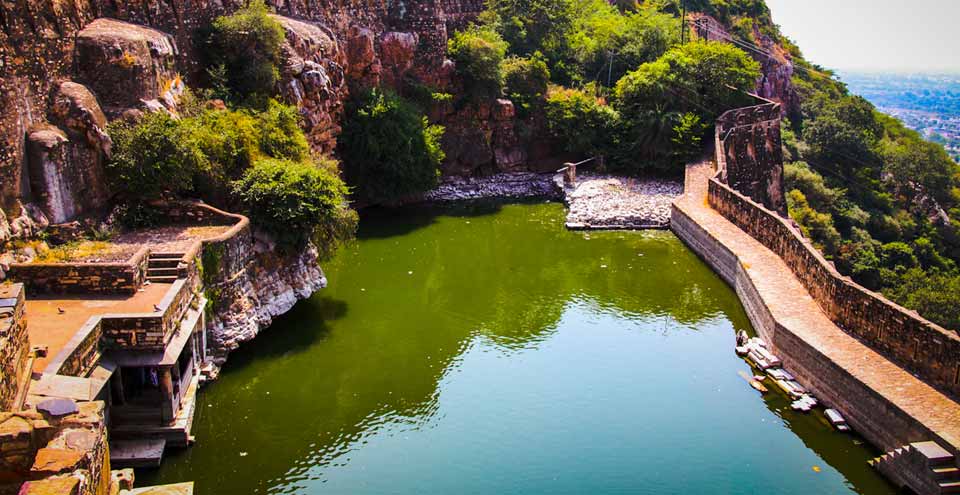
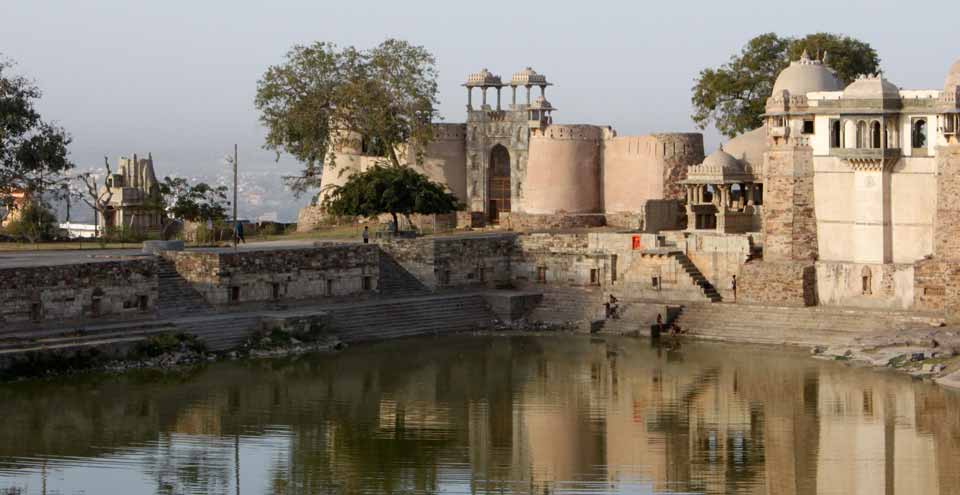
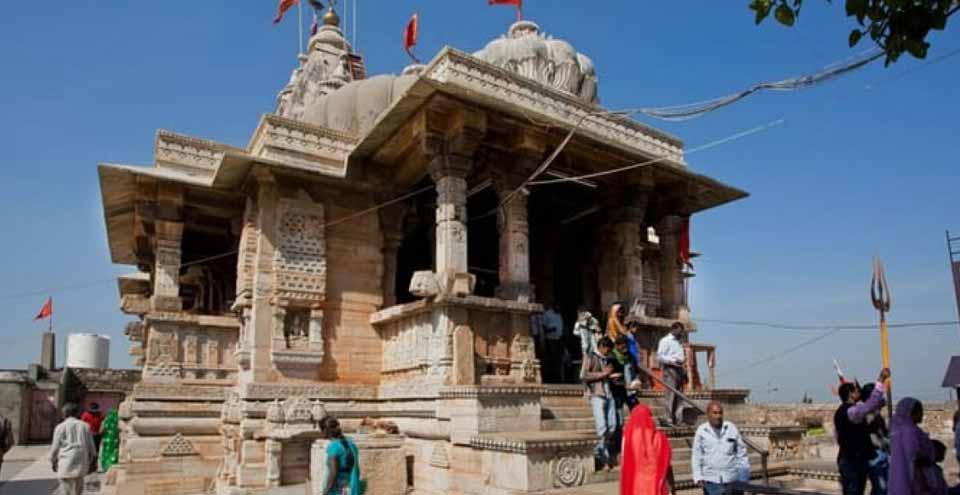
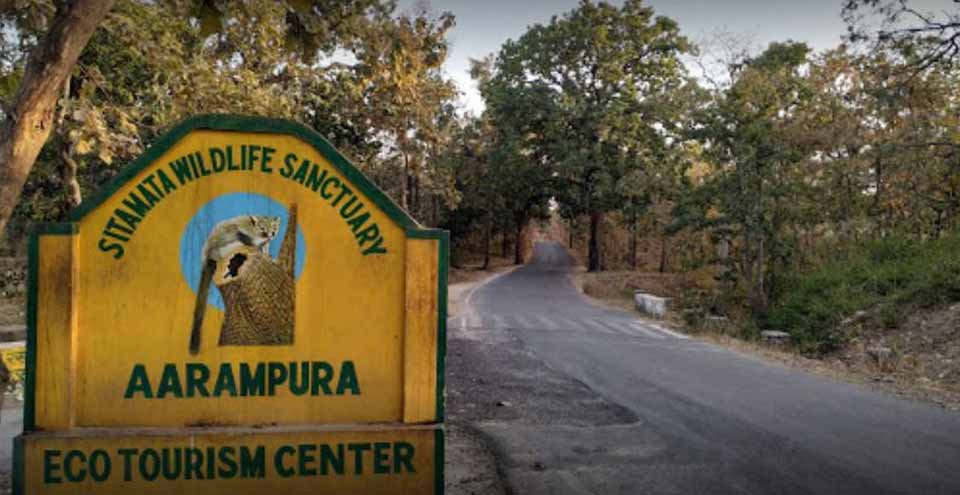
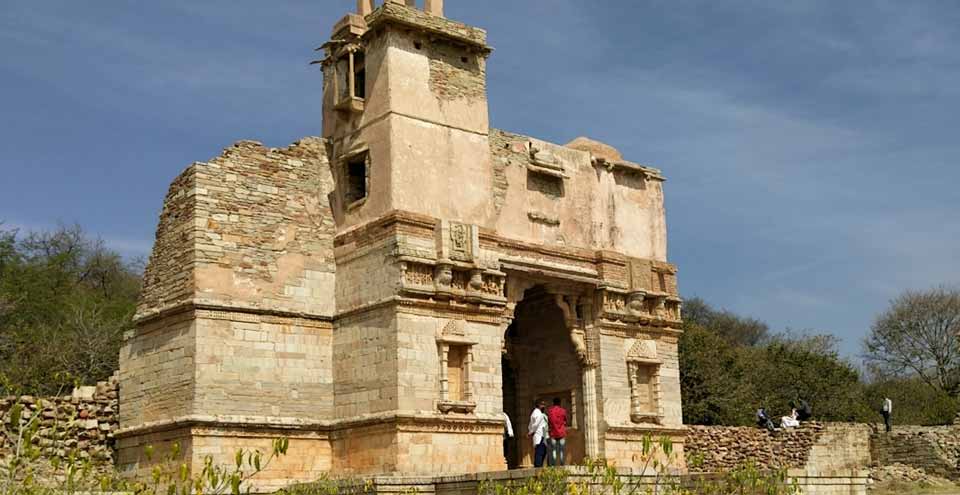
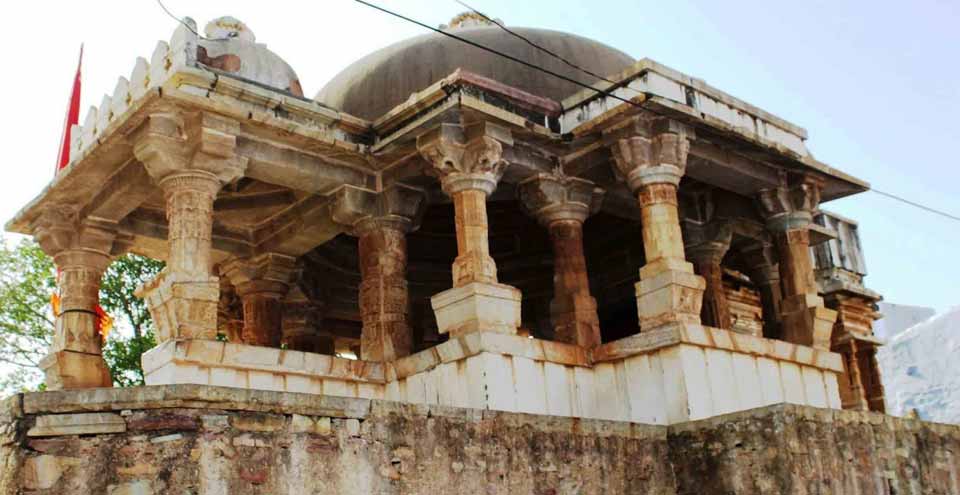
Chittorgarh is known for a number of forts and palaces with historical significance. Chittorgarh tour packages are in great demand as large numbers of tourists wish to explore of a number of attractions in the city. These tour packages comfortably take the tourists to a number of famous places in town.
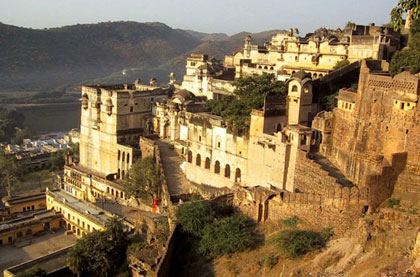
Duration : 04 Nights / 05 Days
Destination Covered : Kota - Bundi - Chittorgarh
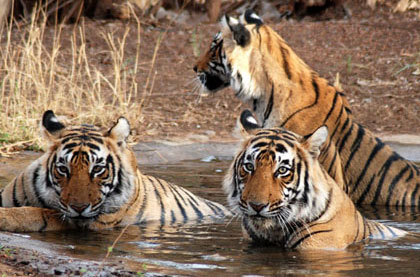
Duration : 04 Nights / 05 Days
Destination Covered : Jaipur - Ranthambore - Chittorgarh - Udaipur
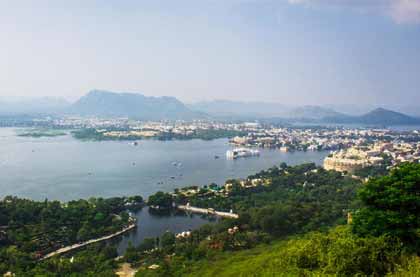
Duration : 04 Nights / 05 Days
Destination : Ranthambhore, Bundi, Chittorgarh, Udaipur, Ranakpur, Jodhpur
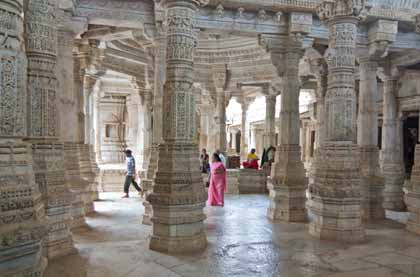
Duration : 08 Nights / 09 Days
Destination : Jaipur, Ranthambore, Chittorgarh, Udaipur, Ranakpur, Jodhpur, Jaisalmer
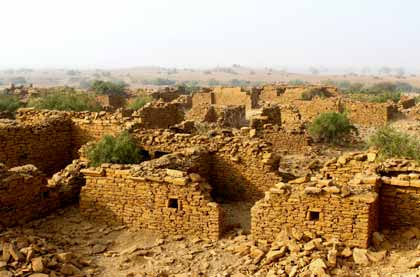
Duration : 07 Nights / 08 Days
Destination : Jaipur, Pushkar, Chittorgarh, Udaipur, Jodhpur, Jaisalmer/Desert
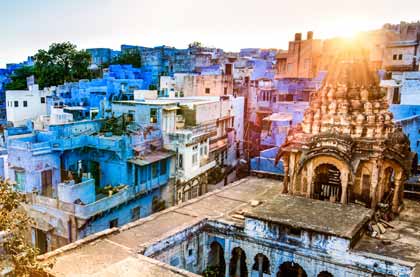
Duration : 07 Nights / 08 Days
Destination : Jaipur, Chittorgarh, Udaipur, Kumbhakgarh, Ranakpur, Jodhpur, Jaisalmer
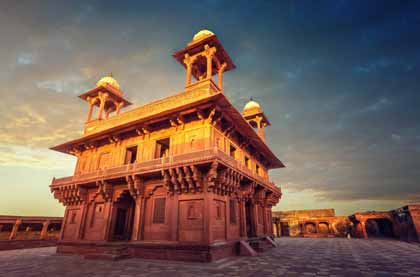
Duration : 08 Nights / 09 Days
Destination : Jodhpur, Ranakpur, Udaipur, Chittorgarh, Jaipur, Fatehpur Sikri, Agra, Delhi
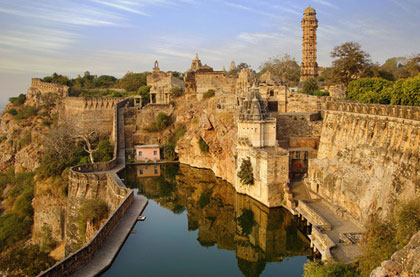
Duration : 13 Days / 12 Nights
Destination : Delhi, Mandawa, Bikaner, Jaisalmer, Jodhpur, Mountabu, Ranakpur, Udaipur, Chittorgarh, Pushkar